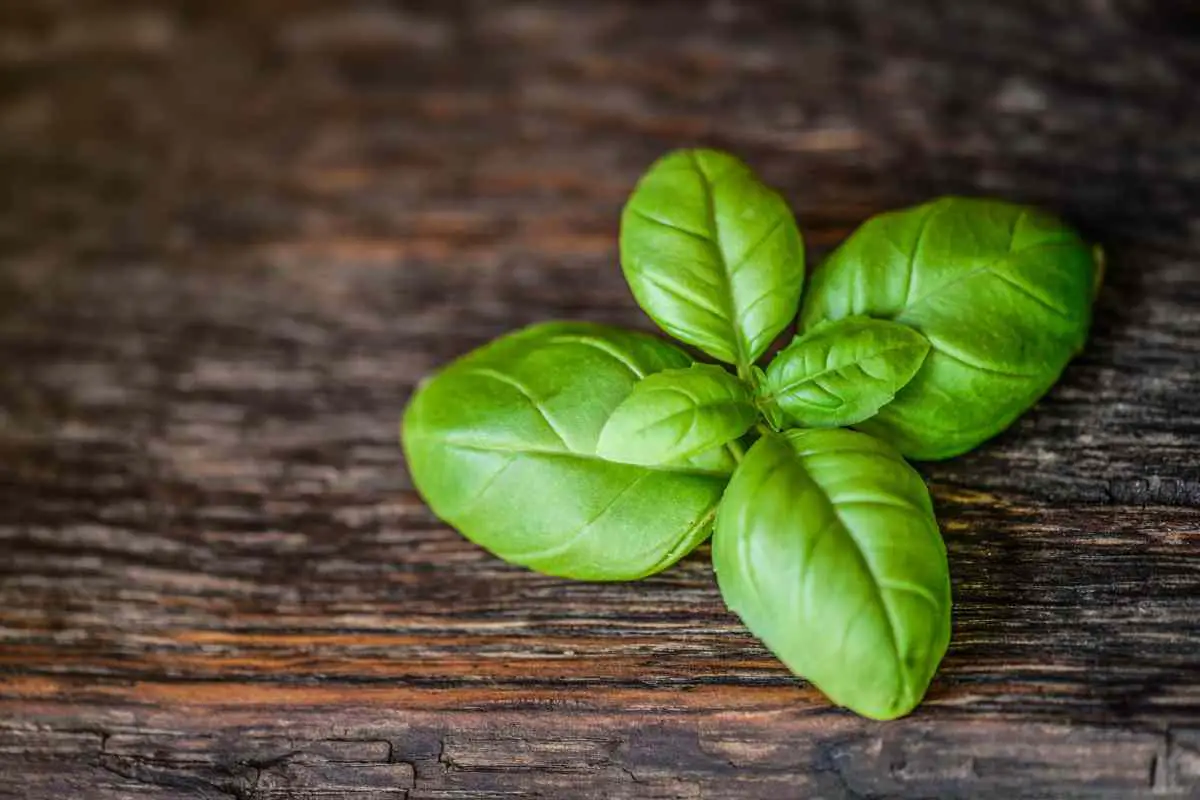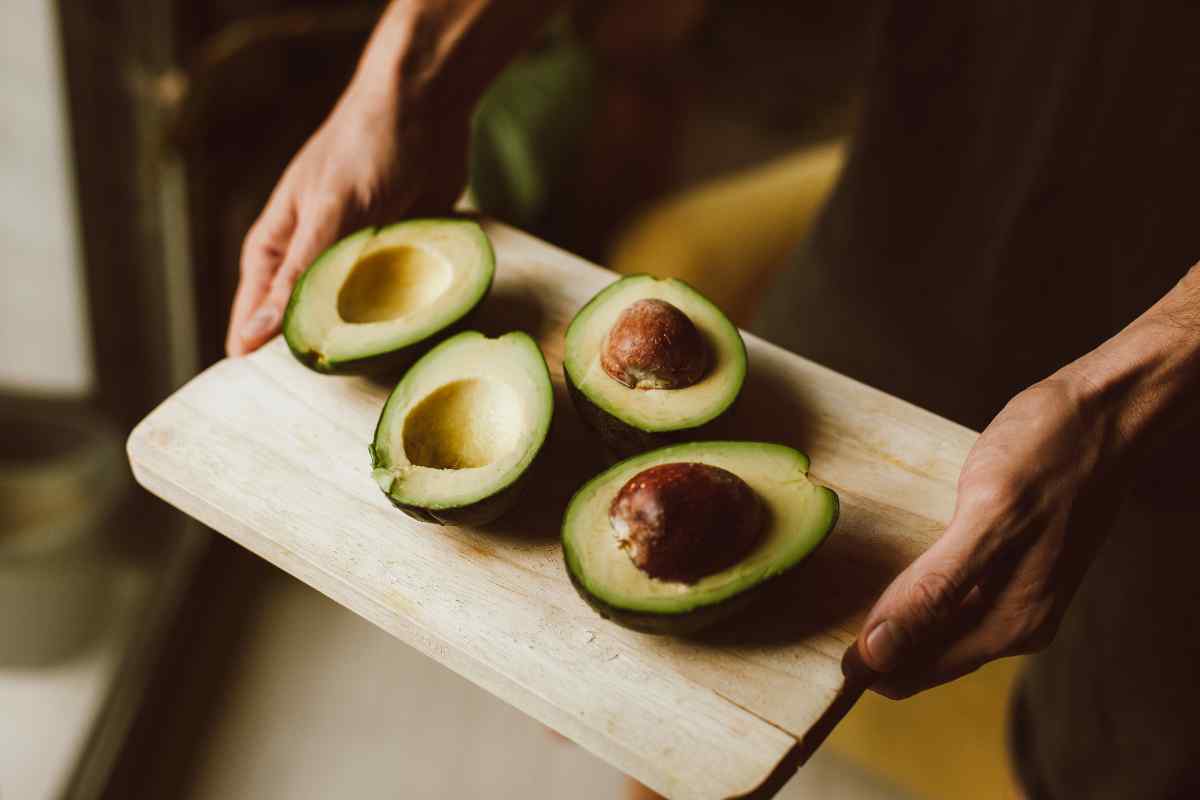Keeping squashes from rotting on the vines is a common problem.
However, you can prevent it by moistening the soil evenly and only watering it when it’s very dry outside.
When there’s no rain in a week, water the plants once or twice. Squash plants only need about an inch of water each week.
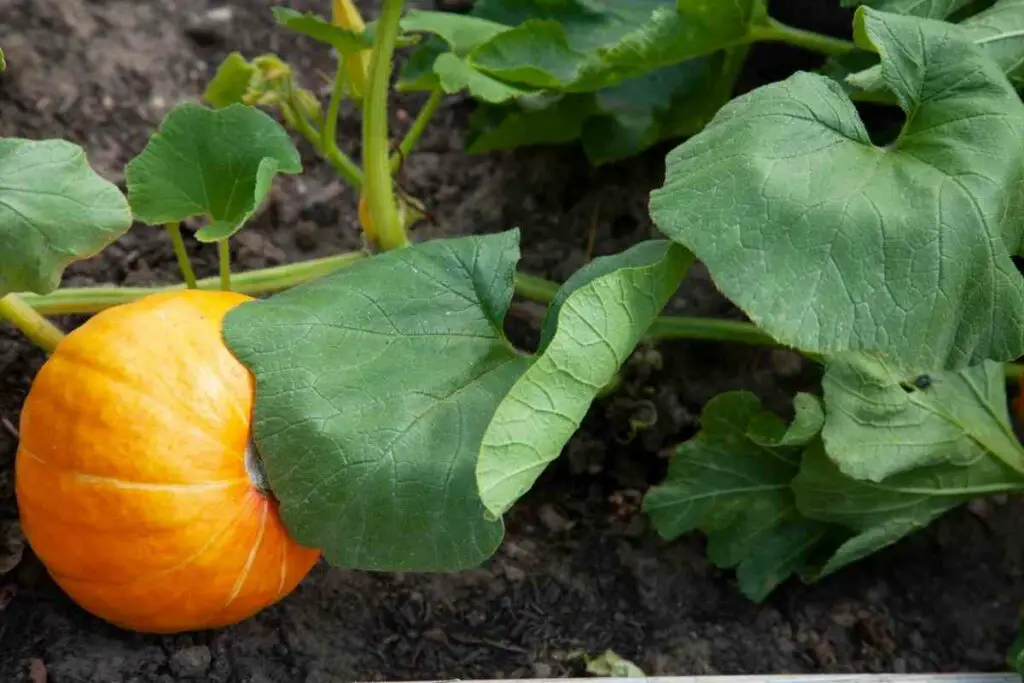
If you know what causes the squash to rot, you can prevent it from happening again with the next crop.
Usually, it comes from an issue with overwatering or a calcium deficiency. Making small changes to your watering routine can stop the plans from rotting.
Table of Contents
Why Does Squash Rot on the Vine?
Squash blossom end rot is when the squash starts to rot while still attached to the vine.
This issue usually has to do with a calcium deficiency or overwatering. Calcium provides the plant with more stability, preventing the rot from occurring.
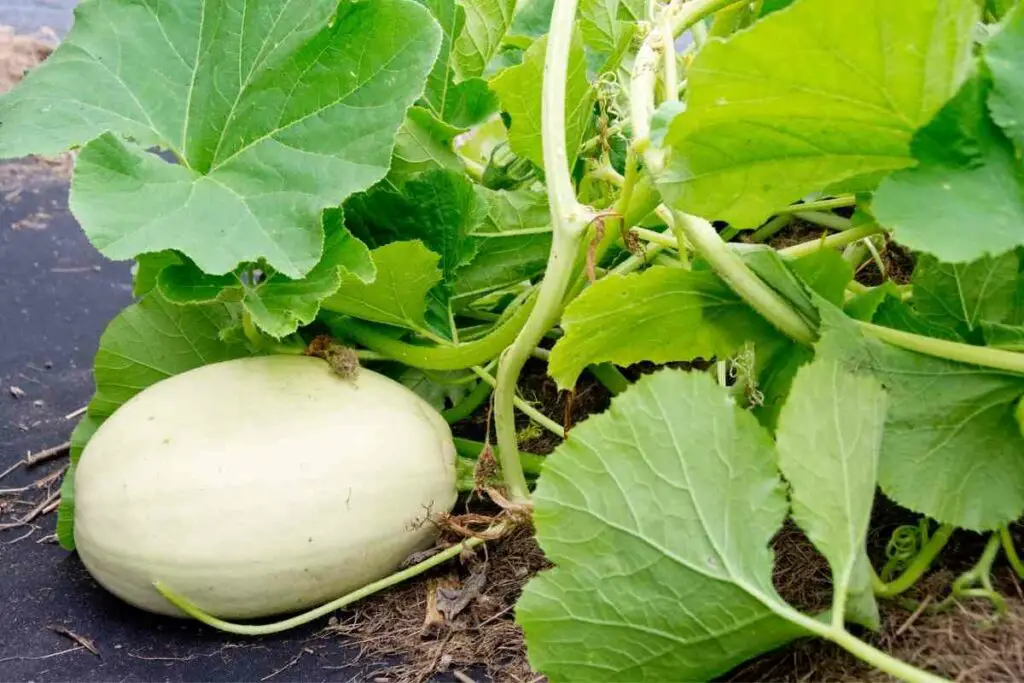
You don’t need to add more calcium to the soil most of the time. However, if squash blossom end rot is a frequent issue with your harvest, you’ll want to.
You can add lime to the soil during the fall months.
Additionally – You can add more eggshells to your compost to help the plants. They contain plenty of calcium and release it into the soil.
Many gardeners also plant eggshells alongside the squash to prevent blossom end rot.
Overall, squash rots when it’s too wet or doesn’t have the calcium it needs to grow.
You’ll want to take some steps to prepare the soil for the next squash planting.
How Do I Stop Squash From Rotting on the Vine?
It’s better to prevent blossom end rot than try to deal with it once it’s happening.
To prevent it, make sure you test your soil before planting. You want to know that it has enough calcium!
If you can’t test the soil, you can always plant crushed eggshells next to the squash.
Adding it to your compost is another good way to deal with low calcium levels in the soil.
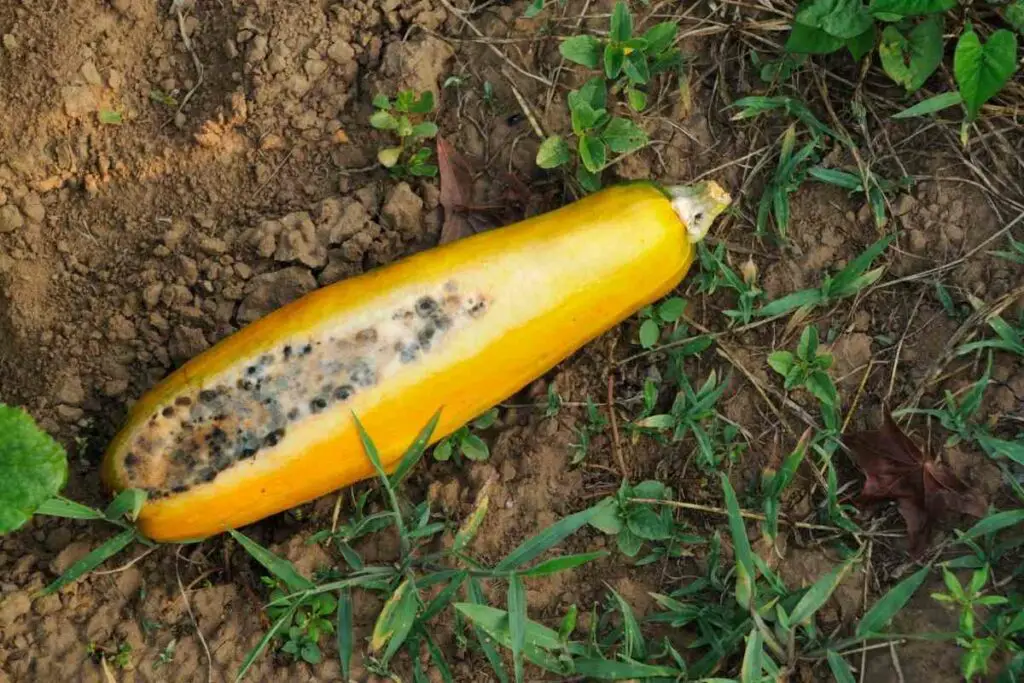
Next, make sure that you don’t overwater the squash. You want to provide them with reliable irrigation and well-draining soil.
The soil should also never be wetter in one area than in others- you want to moisten the earth around the plants evenly.
In Short – The best way to manage rotting in squash is to add more calcium to the soil before planting them. Young squash with calcium deficiencies is much more likely to rot than a healthy one!
Stop Over Fertilizing
Additionally, you’ll want to stop fertilizing the soil for a time when you notice blossom end rot.
Fertilizer usually contains large amounts of nitrogen, potassium, and magnesium- all nutrients can make blossom end rot worse!
While the plant does need nitrogen, you don’t want it to have too much.
If you want to add lots of fertilizer, make sure that you choose one containing calcium for your squash.
You’ll want to create calcium-rich compost when you can, so you can avoid fertilizers.
Water More Consistently
Finally, you’ll need to start watering more consistently.
Fluctuations in moisture levels can cause blossom end rot in your squash:
- You’ll need to use the correct amount of water and spread it very evenly over the soil.
- Then, only water as needed to avoid overwatering.
While inconsistent watering can cause squash rotting, it’s not as common as calcium deficiency.
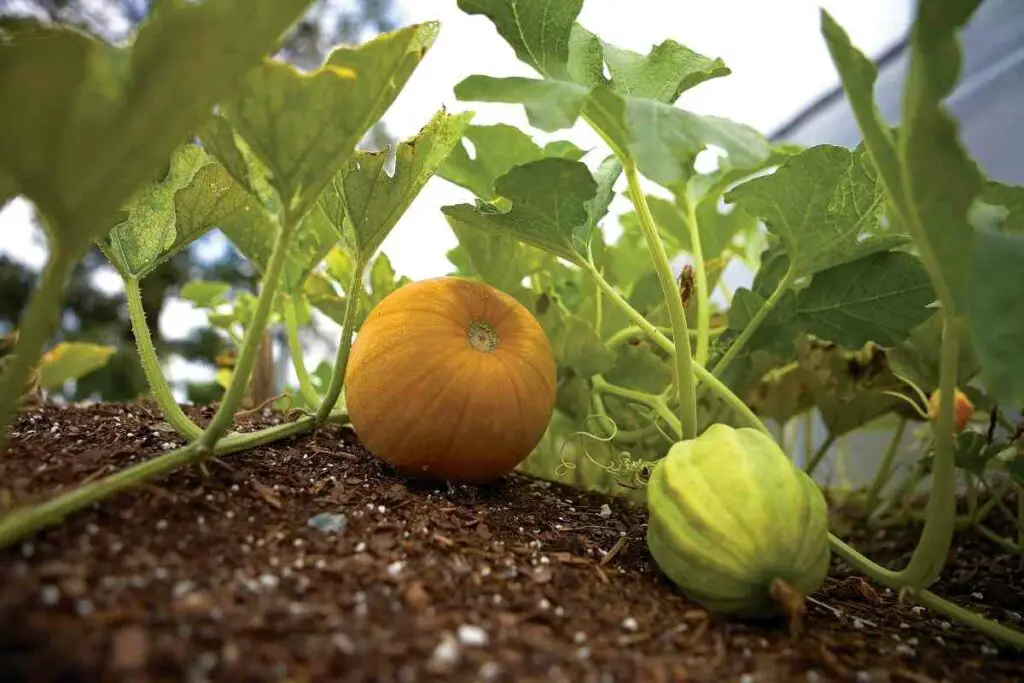
If you’re not sure which problem causes the rot in your plans, you’ll want to test the soil’s calcium levels.
Low calcium levels mean you’re watering the plants fine, but they don’t have enough nutrition.
Overall: Watering your squash more consistently is never a bad thing! You can always make the change and expect great results with how the squash turns out.
Can I Treat Blossom End Rot in Squash?
You can somewhat treat blossom end rot in squash.
However, it’s better to try to prevent the issue with your next crop.
- When you notice rotting, make sure to add some eggshells to the soil.
- Then, you can add calcium carbonate tablets, or an antacid, to the soil near the bottom of the plant. As the tablet breaks down and enters the soil, it deposits calcium for the squash to use.
You can try calcium sprays, although the tablets will be much more effective most of the time!
You can also use this tablet trick to help prevent blossom end rot in watermelons, tomatoes, cucumbers, and zucchinis.
To Summarize – You might be able to treat blossom end rot in squash if you catch it early enough. However, it’s more efficient that you try to prevent the rot from occurring in the first place.
Is Blossom End Rot a Disease?
Many gardeners mistakenly believe that blossom end rot in their squash is a viral disease or parasitic attack- but it’s not!
Instead, the rotting occurs due to nutritional deficiencies. It can also happen when the plant remains wet for long periods.
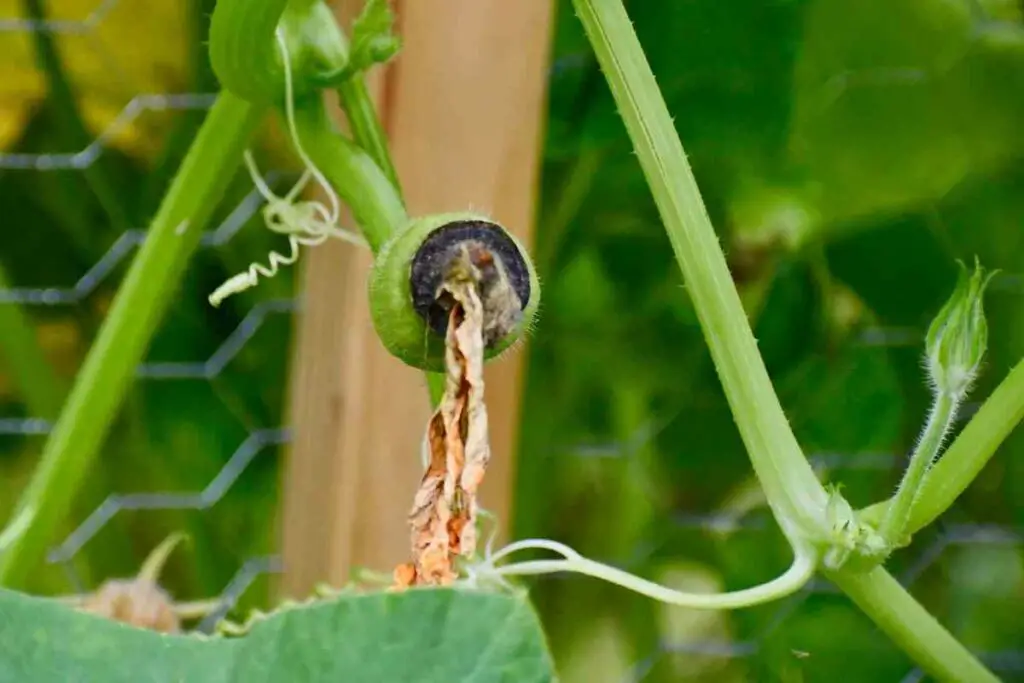
That means you won’t need to worry about the rot spreading to other plants in your garden.
It will only take place in the squash that doesn’t receive the necessary nutrients.
End rot comes from environmental conditions, so not all of your squash might have it.
If your squash is in different plots, only certain ones may experience blossom end rot.
Why Does Squash Need Calcium?
Most crops require calcium to grow, including squash.
Calcium is a mineral that you’ll naturally find in the soil. It keeps the plant vigorous, straight, and allows for the transport of other nutrients.
Calcium deficiencies can cause many problems on top of the blossom end rot.
It stunts the plant’s growth, and you may notice the leaves turning brown and crispy.
If you suspect your soil doesn’t have enough calcium, it’s not difficult to add it.
Keep In Mind – Squash requires calcium to create strong cell walls during development. Without it, the bottom of the squash is almost sure to rot!
In short, you’ll want to make sure your crops get all the nutrients they need to grow.
Final Thoughts
The easiest and most common solution to stop squashes from rotting on the vines is by moistening the soil evenly and only watering it when it’s very dry outside.
The best way to manage rotting in squash is to add more calcium to the soil before planting them. Young squash with calcium deficiencies is much more likely to rot than a healthy one!
Read Next
- How to Dry Basil Leaves: A Professional Guide
- Is an Avocado a Fruit or Vegetable? Simple Answer and Explanation
- Does Pineapple Have Seeds? Exploring the Anatomy of Pineapples
- Blooming Through Winter: Can I Grow Vegetables Indoors in the Winter?
- What Can You Grow in a Greenhouse All Year Round: A Guide to Year-Round Greenhouse Gardening
- Are Blueberries Blue? Debunking the Myth of Their Color














